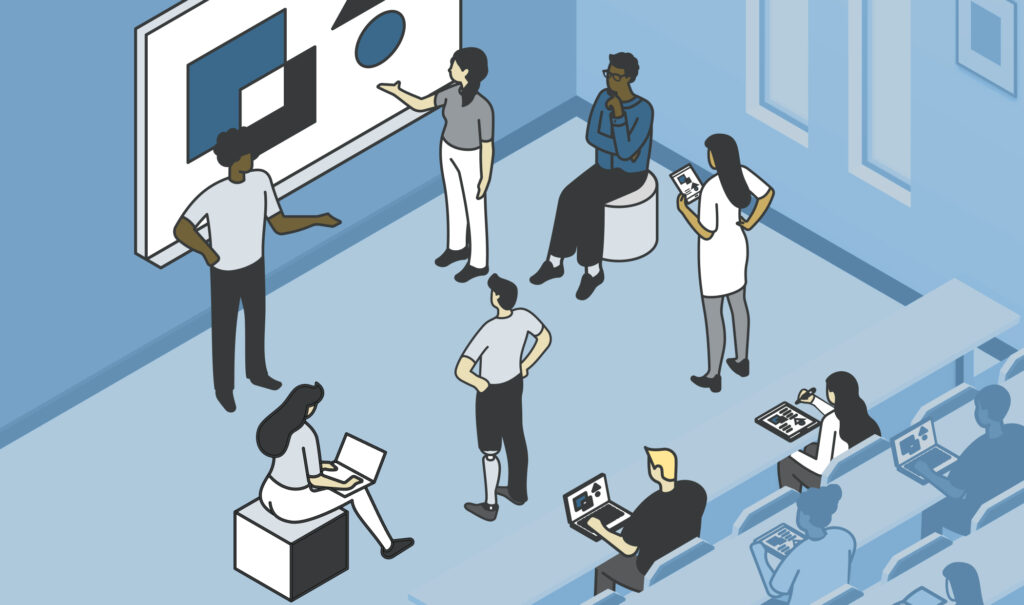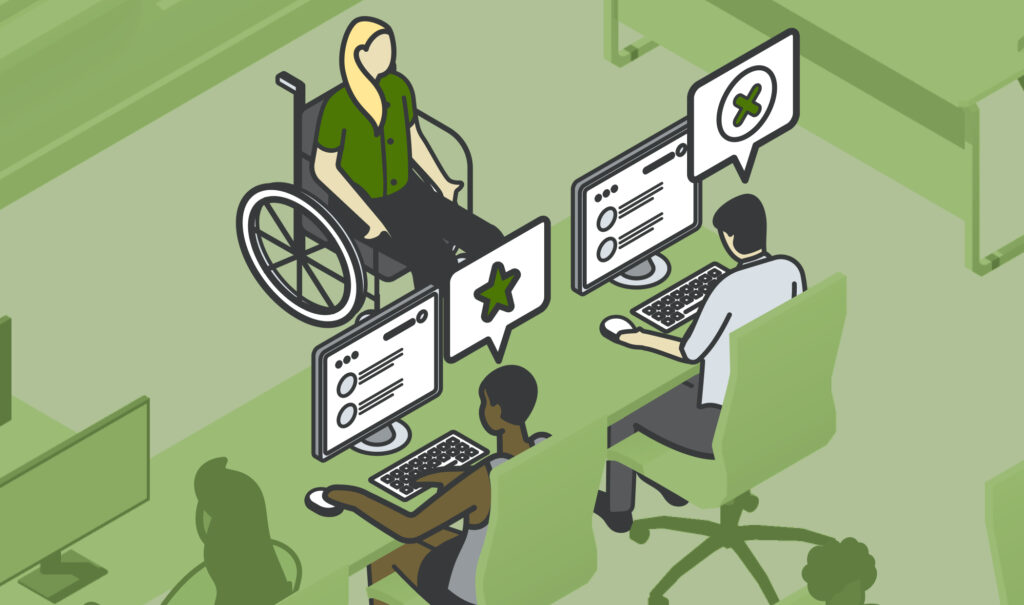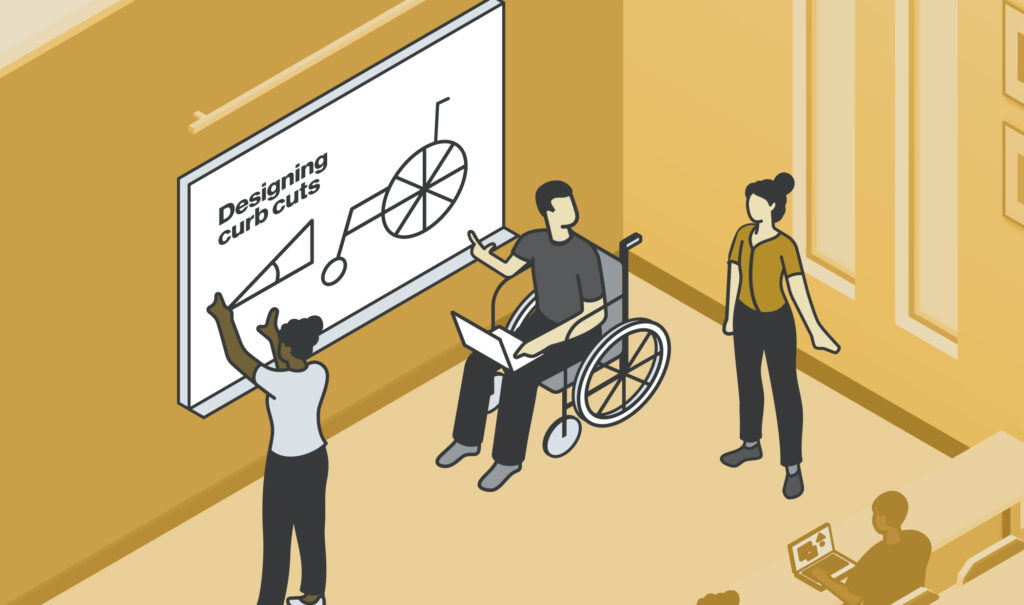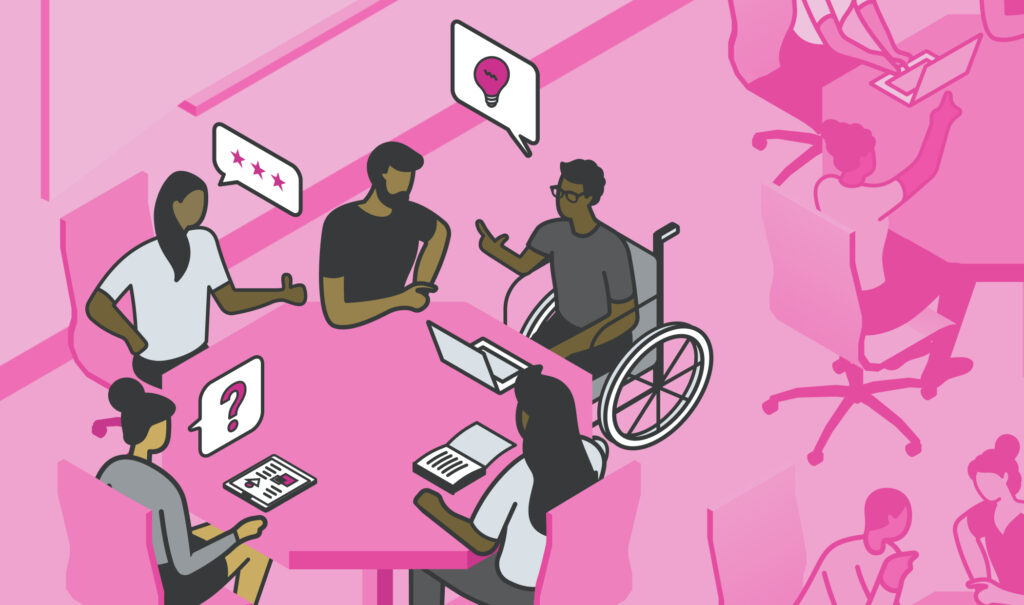Help students learn how to learn

Metacognition Teaching Practices offer explicit opportunities for students to reflect upon, assess, and modify their learning strategies and processes. While learning can be a subconscious or unconscious cognitive process, instructors can create opportunities for students to develop language and tools that they can use to develop learning goals, monitor progress, and evaluate the learning strategies they are deploying to achieve those goals.
Students who are taught and guided through metacognition gain a deeper understanding of the subject matter and an improved ability to retain and apply subject matter outside of the classroom. Furthermore, metacognition supports self-regulated learning, a skill key to long-term persistence. When students encounter challenges throughout their lifetime, the principles of metacognition give them the tools to reflect, strategize, and problem-solve their approach to learning.
How Metacognition & Self-Regulated Learning can be Digitally-Enabled
Digital tools can support metacognition and self-regulated learning by providing students with explicit opportunities to reflect on, assess, modify, and organize their learning strategies. Metacognitive assignments like journals, portfolios, and reflective writing assignments help students document their learning processes, set goals, and monitor their progress over time. When assignments are delivered in a digital format, students can easily access their past work for review and reflection. Others features of digital learning platforms like learning analytics can give students real-time feedback on their performance and support them identifying strengths and areas of growth; nudges, notifications, and organizational features in digital learning tools can help students reduce their cognitive load and support executive functioning. Instructors can strategically leverage digital tools, features, and applications to create consistent and accessible opportunities for students’ to practice metacognition and self-regulated learning.
Key Dimensions of Metacognition & Self-Regulated Learning
Modeling learning tools and strategies
Professors demonstrate and provide examples of effective learning tools and strategies that students can use to enhance their metacognitive skills. This modeling helps students grasp how to apply metacognitive techniques in their own learning.
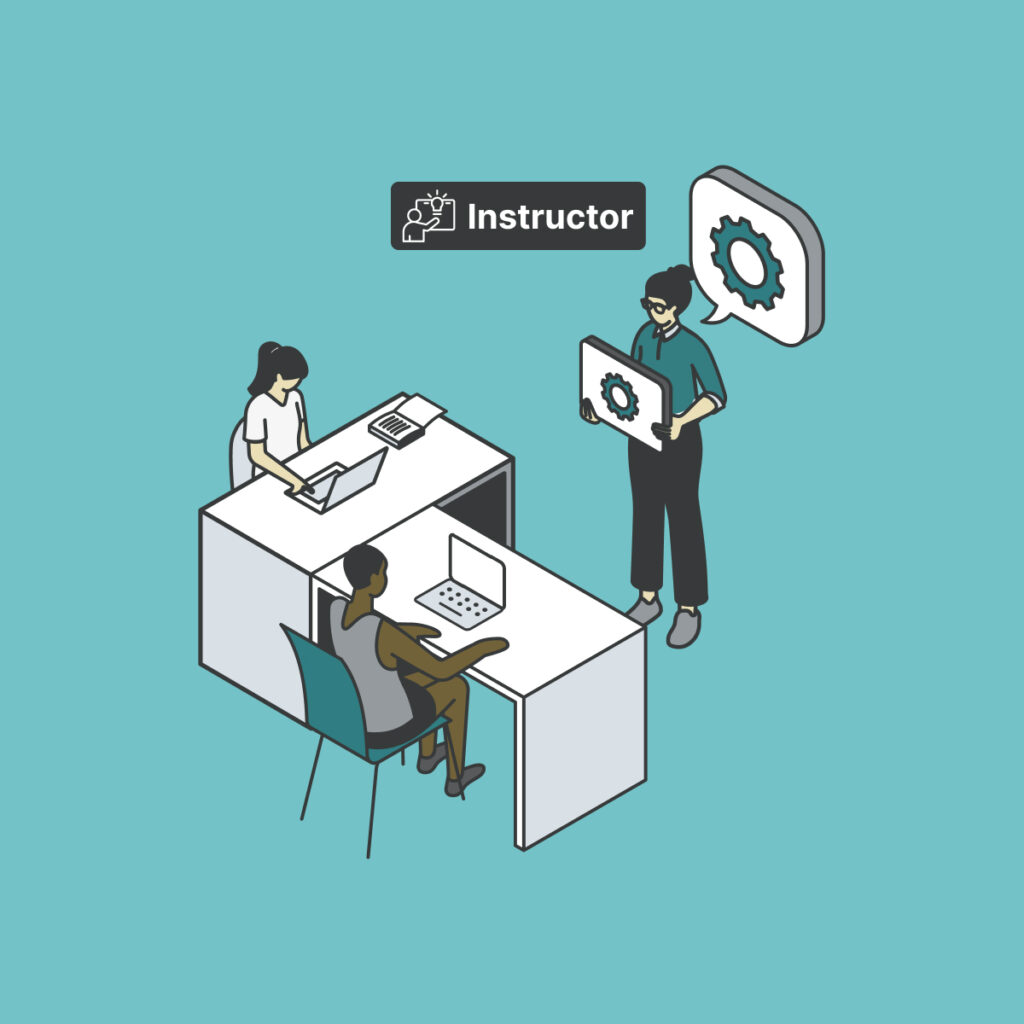

Practicing metacognition
Students are given regular opportunities to practice metacognition by reflecting on their learning processes, setting goals, and assessing their strategies for achieving those goals. These exercises help students internalize metacognitive skills and apply them in various learning contexts.
Self-regulated learning
The culmination of metacognition is self-regulated learning, where students become adept at monitoring their own learning, adapting their study strategies, and problem-solving when faced with challenges. This skill enables them to persist in their learning endeavors and transfer their knowledge effectively beyond the classroom.


Teaching about metacognition
Students gain an understanding of what metacognition is and why it matters. Professors provide explicit explanations of key cognitive processes, teaching students the concept of metacognition and its role in improving learning outcomes.
Instructional Examples
The Instructional Example Library features a wide range of digitally-enabled examples sourced directly from instructors who are using technology to implement evidence-based teaching practices in their courses. These examples focus primarily on math, chemistry, and statistics gateway courses, but are applicable across disciplines.
Have an Example of Your Own?
Help us build our Instructional Example Library! We are looking for contributions from higher education instructors across disciplines who use technology to enable evidence-based teaching practices. To learn more and to submit an example, please visit the form page linked below. Thank you for helping us support the field.
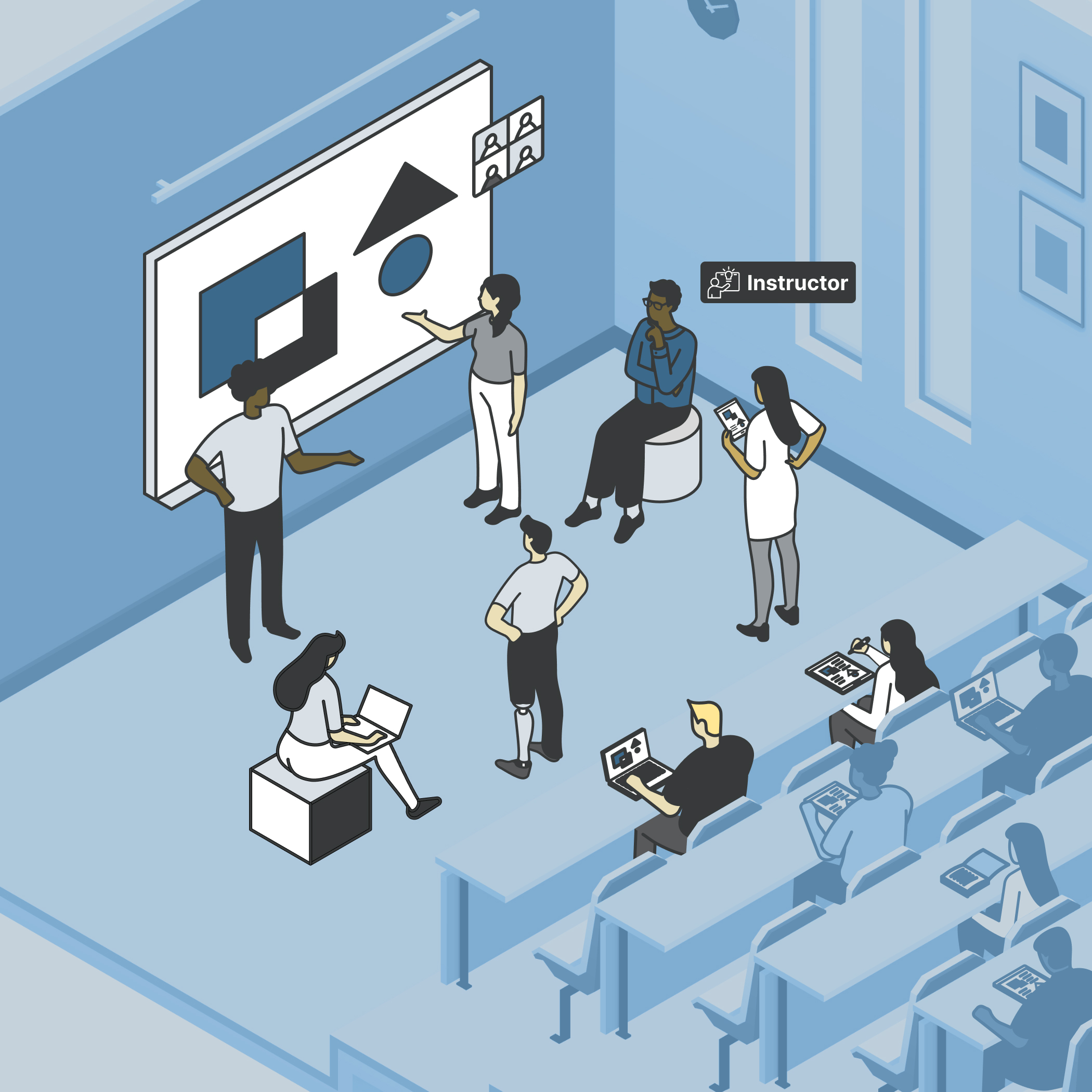
Join the Transform Learning Community of Practice
Join us this Fall for the Transform Learning Community of Practice, an 8-week learning community for Math faculty. Participants will engage in synchronous and asynchronous discussions on the eight digitally-enabled, evidence-based teaching practices, share insights and experiences, and learn from math faculty peers. Participants are eligible for a stipend upon completion of the community of practice.
Further Reading
- “Improving Learning Outcomes and Metacognitive Monitoring: Replacing Traditional Textbook Readings with Question-Embedded Videos” demonstrates the benefits of metacognition through student impact data.
- The Equity Accelerator offers suggestions for a general psychologically-attuned approach to constructing assessment wrappers that bookend assessments with metacognitive practices in “Creating An Attuned Assessment Wrapper.” This develops students’ ability to reflect on their strategies in preparing for assessment both proactively and retroactively.
- In “Using Journaling as a Metacognitive Activity,” Penn State shares examples of self-reflective journaling exercises professors can incorporate into their courses.
